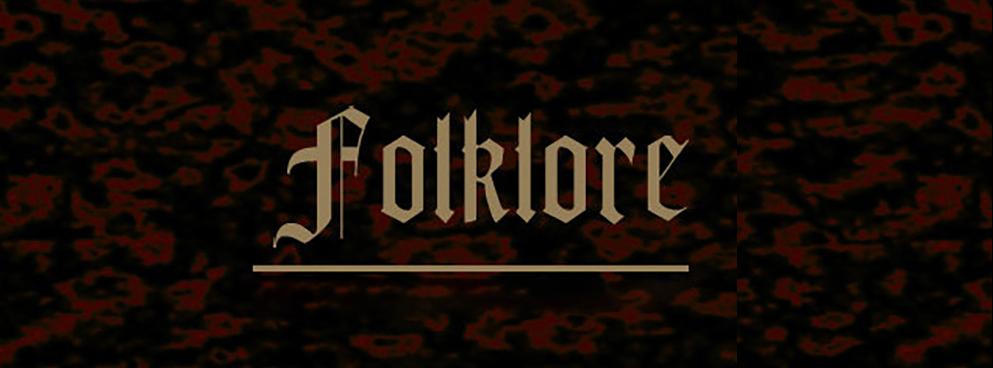Teadusajakirja Folklore: Electronic Journal of Folklore
07.12.2018
Teadusajakirja Folklore: Electronic Journal of Folklore uus number räägib Esimesest maailmasõjast
Folklore 73 It is our pleasure to present to you the 73rd issue of Folklore: Electronic Journal of Folklore under the title The Heritagization of the Isonzo Front, with Jurij Fikfak and Božidar Jezernik as guest editors. The end of the First World War left a deep imprint on the social and cultural environment in Europe as well as globally, causing the collapse of empires and emergence of new (nation-)states, changing economies and cultural dominants. This issue of Folklore: Electronic Journal of Folklore is dedicated to a specific region – the Julian Alps, the battles that were fought there and their heritagization in today’s culture. In the introduction, the guest editors give an overview of the cultural heritage of the Isonzo Front, which was one of the greatest, most tragic, and largely overlooked campaigns during the First World War. This is followed by a historical introduction by Marko Štepec, “The Experience and Memory of Trenches near the Soča River”, in which the author outlines not only the history of the battles taking place on this front, but also all the tragedy of life along the front and supplying the front. Jaka Repič in his article “Memorialization of the First World War in the Landscape of the Julian Alps” addresses issues of memorialization processes and heritage construction, which are inscribed into the landscapes of the Isonzo Front in Slovenia. Tatiana Bajuk Senčar in her article “From the Hinterland: Commemorating the Centenary of World War I in Bohinj” uses the concrete example of the Bohinj Valley in north-western Slovenia to document and analyze diverse practices of commemoration and heritagization of the First World War. Miha Kozorog in his article “Knowledge of Place in Three Popular Music Representations of the First World War” explores the perception, reception, and production of images of the First World War, based on three recent representations in Slovenian popular music. Local collectors as a type of actors are analyzed by Boštjan Kravanja in his article “Learning by Collecting: Amateur Collectors and Their Shifting Positions in the Isonzo Front Heritagization and Tourism Adaptation”. This issue is supplemented by three articles from the editorial board. The article co-authored by Eva Toulouze, Ranus Sadikov, Laur Vallikivi, Liivo Niglas, and Nikolai Anisimov is the continuation to the first part published in Folklore 72, and analyses the changes that were introduced in the revitalization process in several dimensions of religious practice of a marginal Udmurt group living in Bashkortostan: the use of sacred space, the role of different actors, the proceedings of the rituals, the transmission of the prayers, the costume of the priests, and the behavior of the participants. Tiiu Jaago in her article “Multi-dimensional Borders in Narration” analyzes the story of two Estonian soldiers (so-called Finnish Boys, a volunteer Estonian unit in the Finnish army), who escaped the Finnish army during the Continuation War. This story of the escape and crossing the state border is dealt with from the aspect of experience and narration. Rahman Veisi Hasar and Ebrahim Badakhshan’s article „Metaphorical Integrations in Kurdish Riddles” investigates the metaphorical integrations of riddles in the Kurdish language, analyzing 100 Kurdish riddles according to the blending theory of metaphor. The news section of the issue presents an overview of the all-Estonian school lore collecting action that took place from February to May 2018, reviews of an international conference under the heading “Polar Readings 2018: Technology in the History of the Arctic Development”, and the interim conference of the International Society for Folk Narrative Research, and a book review.

